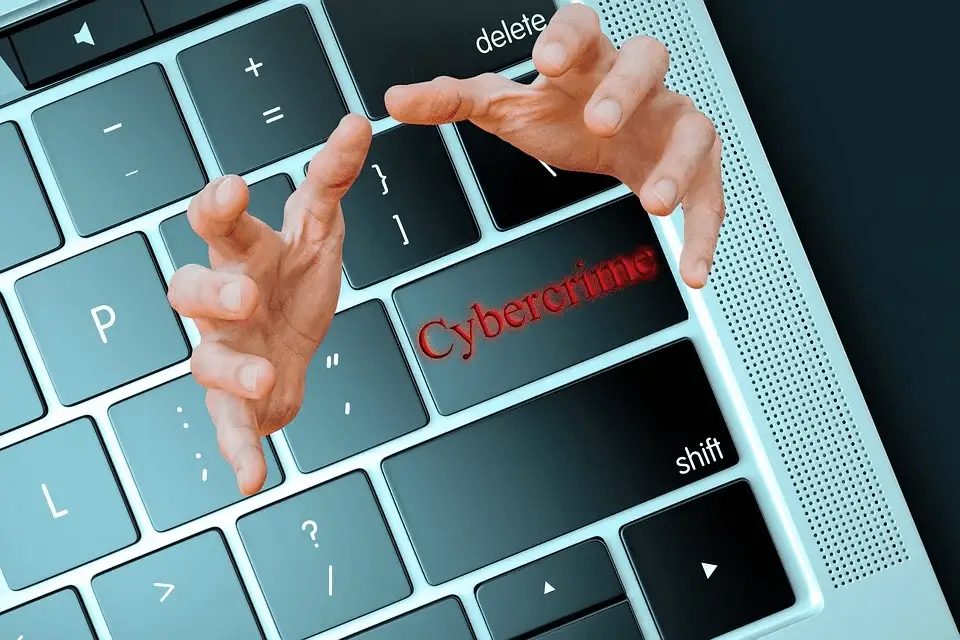
Because tokens are interchangeable and not unique, cryptocurrencies like Bitcoin are known as ‘fungible’ tokens. This means that if you swap one Bitcoin for another, you’ll essentially get the identical result. Each coin is identical to the others. Non-fungible tokens, on the other hand, indicate something unique that cannot be replaced.
An NFT can be stamped onto, for example, an original GIF or photograph as proof that it is the original, just as it can be stamped onto an original artwork so that it can be validated as legitimate. In other words, an NFT is a cryptographic token that may be used to validate the authenticity of an online asset.
As with crypto, NFTs are attracting hackers and cybercriminals for similar reasons: the lack of traceability and regulation. With that in mind, below are some of the most important cybersecurity tips to keep in mind when using NFTs.
Hardware Wallets
Select a safe wallet. NFTs are saved in a cryptocurrency wallet, just like cryptocurrencies and, as a result, the wallet you choose is of the utmost importance. You’ll want a wallet that keeps your private key on your device well-secured, demands strong passwords to access, supports two-factor authentication, encrypts your data, and needs you to create a recovery pass.
With all of those criteria in mind, it is important to keep in mind that not all wallets offer the same level of protection. Hacken, a cybersecurity firm specializing in blockchain technology, examined nine of these non-custodial wallets in a case study. They decided that Metamask and Enjin make the safest wallets based on various criteria, including whether each wallet released their third-party audit results, required strong passwords, and had a history of breaches. Because of how much money is at stake, the methods use to steal wallet information grow more sophisticated every year.
Use Multi-Factor Authentication
Two-factor authentication should always be enabled for all of your accounts and devices, but particularly for NFTs. The chances of an NFT being stolen or inadvertently given to someone are far lower when authentication is required prior to requesting or sending anything. All good wallets will allow you to implement two-factor authentication.
Keep Your Password Recovery Phrase Safe
Make sure you have a safe place for your recovery phrase. This is the phrase that you will need to use if you forget your password, and it is your last chance at regaining access to your account. Make your password difficult to guess by employing a mnemonic phrase or, even better, using a series of three random words–the gold standard of hard-to-guess passwords.
Whatever you do, make sure to keep this phrase in a secure area. It’s nearly impossible to regain your account if you lose your recovery phrase.
Backup Your Wallet on a Regular Basis
Regardless of the data in question, adhering to data management best practices requires constant backing-up to mitigate against catastrophic loss. Your wallet is no different, and you need to make regular backups to avoid potential heartbreak. You can rest easy knowing that your data will be recovered in the case of a system failure or the loss of a device. Having numerous backups is a smart idea, as is keeping that data safe, preferably in an offline location.
Don’t Trade on Public Networks
One of the biggest advantages you can give yourself over the cybercriminals that have their sights set on NFTs and cryptocurrencies more broadly is avoiding trading on public networks. This is a rule of thumb for any financial transaction. Public networks, such as the kind you find in restaurants, cafes, airports and public libraries, should be considered unsafe for sending and receiving financial data.
These networks are often stalked by cybercriminals looking for easy targets, and if you aren’t doing the bare minimum to protect your internet traffic (i.e., using a VPN), you are begging to be hacked and robbed.
In conclusion
None of the above information is meant to dissuade you from investing in and taking advantage of NFTs. But preparedness will help you avert a disaster which, considering it is nearly impossible to recover stolen tokens and digital currencies, is very often final and irreversible. If your NFT’s are ever stolen, consult with an NFT Lawyer who may be able to help you get it back. None of the above involves large financial investments or come with a steep learning curve. They are all things that any moderately tech-savvy person invested or interested in NFTs can implement right now. Keep them in mind and make sure you are wading into this new and exciting financial world safely and responsibly.